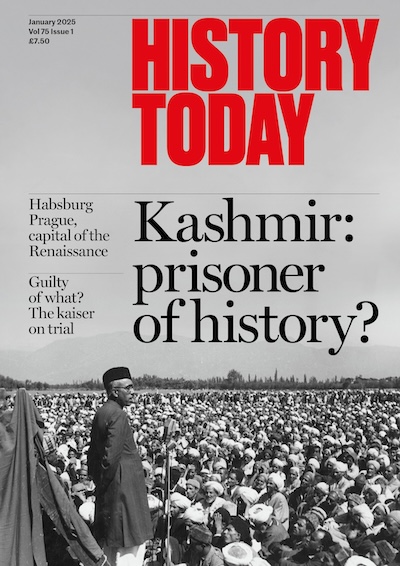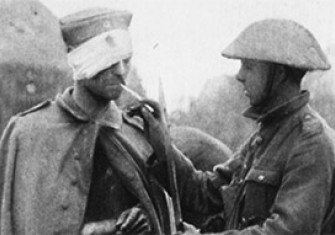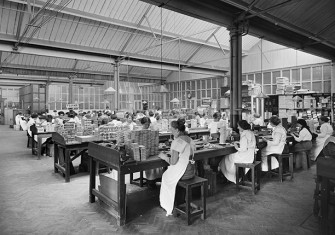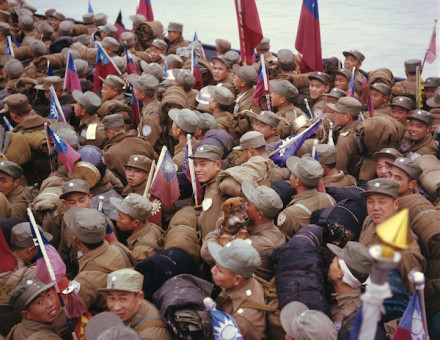Keeping Blinded Veterans in View
To support ex-servicemen injured during the First World War, charities like St Dunstan’s found creative ways of fundraising.
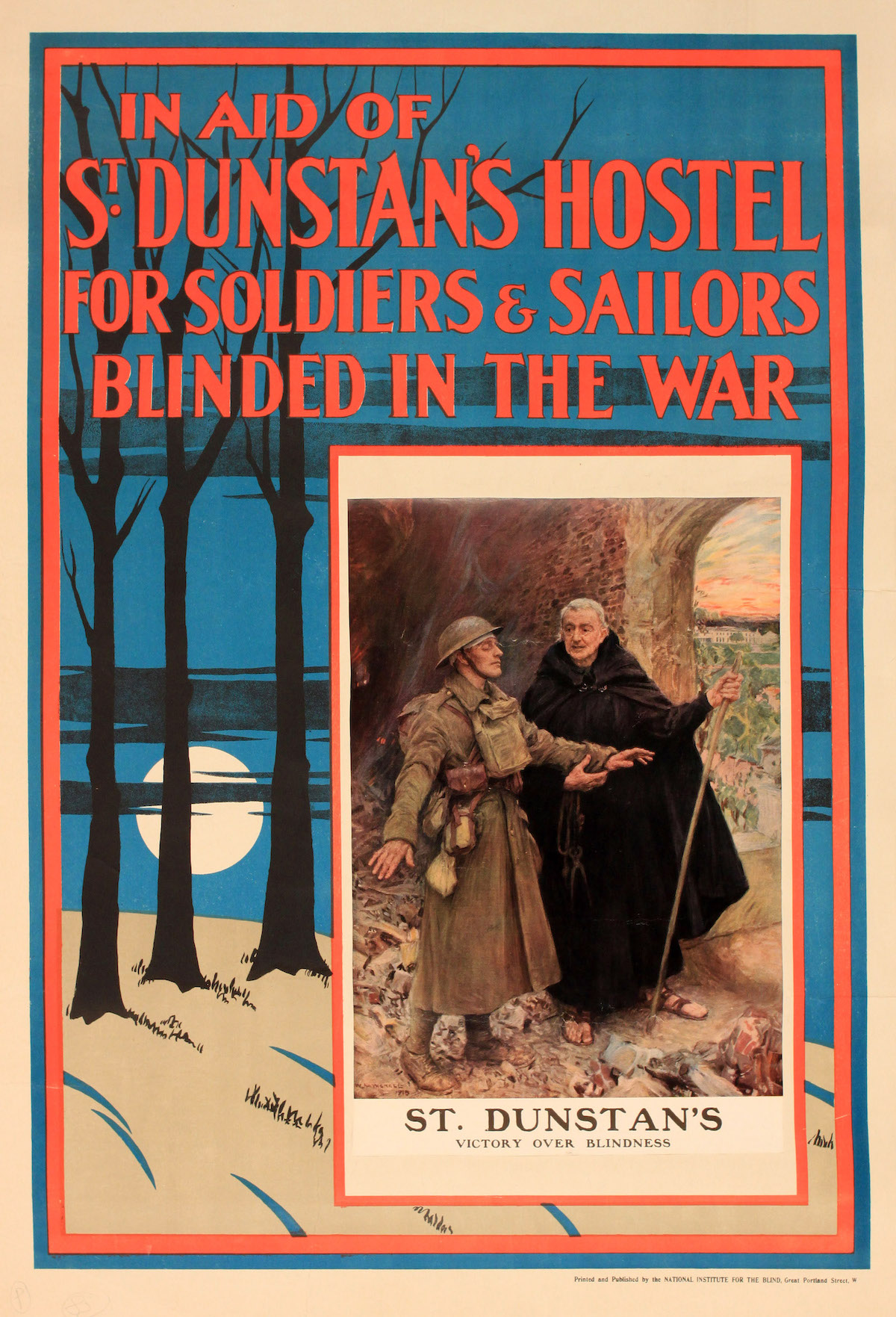
During the First World War thousands of charities were established in Britain to support servicemen. These organisations needed to be ‘seen’ by the public in order to secure donations. Thanks to the creative methods it used to raise awareness and funds, the most visible of these charities was St Dunstan’s, a home for blinded soldiers and sailors in Regent’s Park, London.
A particular success was The Blinded Soldiers and Sailors Gift Book, published in 1916 and sold in aid of St Dunstan’s. ‘The warmest thanks are due to the contributors who have so generously given of their art and their time in the interest of this cause. All the more is this so when one remembers the innumerable calls which have already been made upon the artistic professions by charitable causes’, wrote author, screenwriter and film director George Goodchild in its foreword.

